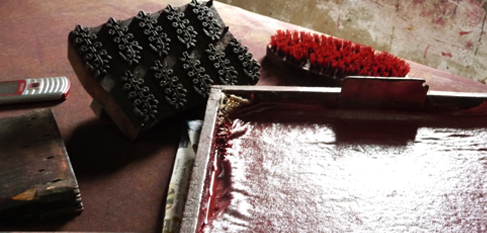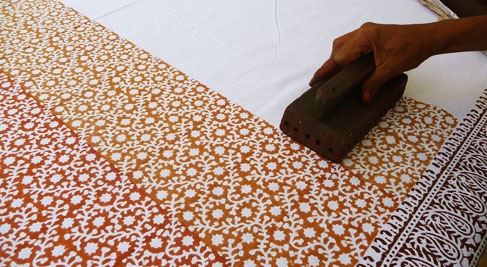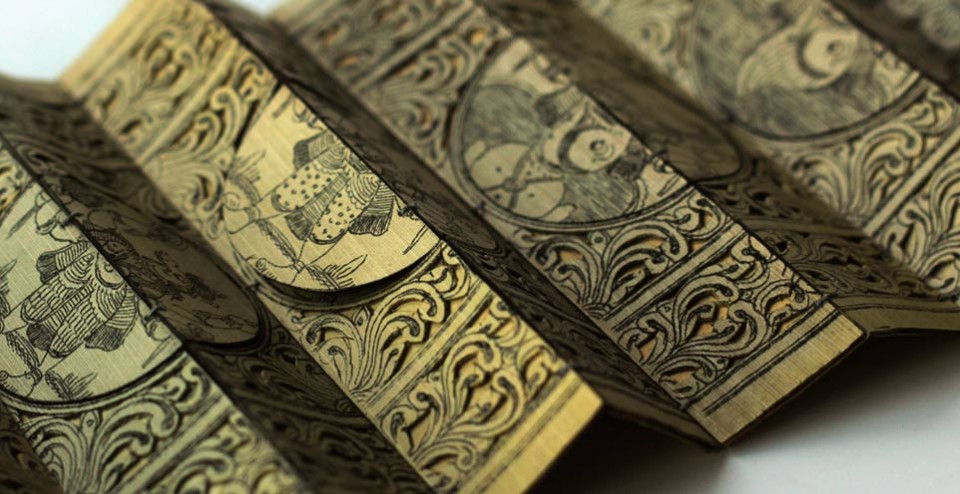Kanchipuram silk is considered the finest and strongest of silks since it is made of Mulberry Silk - silk worms that are exclusively fed mulberry leaves. I remember childhood days in Neyveli where there used to be a mulberry tree and we would get to see the occasional cocoon which was all shiny and glistening in the sun! How I would have loved to capture that memory with a picture :)
 | ||
| Mulberry tree with fruits Image Courtesy: EdiblePlantProject |
This is a brief post is on what I look for when I shop for Kanchipuram silks in a saree shop. To me what matters are quality, variety and price; exclusivity is not a high priority since there is so much variety available everywhere and you rarely see someone wearing the same saree as you!!!
Quality comes automatically when you get a 'Silk Mark' saree, which is given by the Central Silk Board of India. Other way to get authentic silk sarees are from the many Khadi Bhavans around the country.
For variety and price, the best deal is always if you can go to the weaving town. For bulk purchases, I always take a road trip to Kanchipuram. In Chennai, one of my favorite haunts is Pothy's. They have a wide selection of silks from all around the country and also feature a lot of Silk Mark sarees, which gives the buyer a lot of confidence!
I leave you behind with a lovely Kanchipuram Silk in shades of Mulberry! i love the jewel tone colors, the leaf motif, traditional border (Nizam border also seen in Mangalagiri yardage), multiple patterns in the pallu (Chevron, stripes, Rudraksh and creeper) and the korvai - hallmark of authenticity of a Kanchipuram silk!!
 |
| Jewel Tone Colors and Lovely Leaf Motif |
 |
| Exquisite Pallu |
 | |||
| Multiple patterns in the Pallu |
 |
| Korvai |
It was purchased at a 150 year old traditional silk family owned shop in Kanchipuram, currently being run by the 5th generation. Can you guess the shop? Clue: They have shops in Mylapore and Mambalam in Chennai too!!
Wishing you a great month of Music, Pongal and Thiruppavai!














